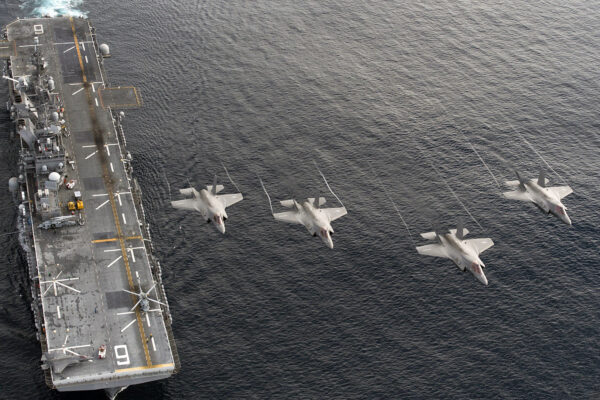
Russia has suspended a military hotline it maintained with the United States to avoid clashes in Syria and warned that it may shoot down any “flying objects” west of the River Euphrates.
The escalation comes after an American fighter jet shot down a Syrian warplane on Sunday that was attacking rebel ground forces supported by the United States in the vicinity of the Tabqa Dam.
The Western-backed Syrian Democratic Forces (SDF), a secular and largely Kurdish opposition group, has wrestled control of the dam and the nearby town of Tabqa from the self-proclaimed Islamic State after a months-long battle. American special forces were reportedly involved in one assault in January.
It is unclear why the Syrians targeted the SDF. Bashar Assad’s regime has largely ignored rebels east of the Euphrates since the start of the uprising against him six years ago.
Two-faced
The reason this is leading to a showdown between the United States and Russia is clear, though: both sides have been two-faced about their intentions.
As a presidential candidate, Donald Trump argued at length against intervening in Syria. Yet as president he has expanded America’s role in the conflict.
Before shooting down the Syrian warplane this weekend, his administration stepped up arms supplies to the Syrian Kurds — over the objections of America’s NATO ally Turkey — and bombed an Assadist convey that strayed too close to an American base for anti-Islamic State operations in southeastern Syria.
Trump also ordered missile strikes against a Syrian air base near Homs from where he claimed a chemical attack had been launched in April.
Russia, for its part, has justified its involvement in Syria by pretending it is fighting “terrorists” alongside Assad.
This has fooled gullible Westerners — including, for a while, Trump — but a look at a map of Russian airstrikes in Syria reveals something different: It is helping Assad gain back control of western Syria by killing his less fanatical opponents.
From the start, Russian warplanes have carried out far more bombardments in the vicinity of Assad’s Alawite homeland on the Mediterranean coast than in the eastern desert, where the Islamic State is headquartered.
Assad’s loyalists and allies, including troops from Hezbollah and Iran, have similarly conducted the majority of their operations in the west of Syria, in and around the provinces of Aleppo, Hama and Homs.
They seldom engage the Islamic State’s fighters, who battle Kurdish and Iraqi soldiers in the north of Syria and across the border instead.
Proxy war
Russia has launched some strikes against the Islamic State in recent weeks, including one that may have killed the group’s self-styled caliph, Abu Bakr al-Baghdadi — perhaps to convince Trump they really are on the same side.
The Russians seem to be “trying to change the narrative of their intervention in Syria to actually doing what they’ve been saying they’ve been doing, but not, for two years,” is how the Atlantic Council’s John Herbst puts it.
Joshua Landis, a top Levant expert at the University of Oklahoma, argues we’re seeing a “negotiation” over which of the great powers’ allies in Syria — for Russia, Assad; for the United States, the Kurds — will take the territory the Islamic State is leaving behind as its forces retreat from its would-be caliphate.
American and Russia are not the only outside parties with a stake in the conflict. Iran seeks influence of its own.
It fired ballistic missiles at the Islamic State on Saturday in relation for a terrorist attack in Tehran earlier this month.
